- 1-understanding-bounce-visualizations-for-mental-training
- 2-techniques-for-effective-bounce-visualizations-in-mental-training
- 3-benefits-of-bounce-visualizations-in-athletic-performance-and-focus
- 4-real-life-examples-of-bounce-visualization-success-in-sports
- 5-enhancing-mental-training-with-trampoline-zone-resources
Understanding Bounce Visualizations for Mental Training
Bounce visualizations involve mentally picturing rhythmic bouncing or rebounding motions to improve concentration, timing, and cognitive agility. This technique draws from sports psychology where athletes imagine their movements to enhance real-world performance.
Using bounce imagery stimulates neural pathways that control balance and coordination, helping practitioners develop sharper focus and a stronger mind-body connection.
Techniques for Effective Bounce Visualizations in Mental Training
Guided Imagery
Starting with deep breathing, visualize a controlled bounce, such as a ball or trampoline jump, syncing it with your breath to build calm and centered awareness.
Progressive Complexity
Gradually add layers by imagining variations in height, speed, or direction, challenging your brain to adapt and improve mental flexibility.
Incorporating Physical Movement
Combining light physical bouncing or jumping with visualization reinforces muscle memory and makes the mental practice more effective.
Benefits of Bounce Visualizations in Athletic Performance and Focus
Regular practice enhances reaction times, balance, and spatial awareness, critical for athletes in sports requiring agility and precision. It also reduces anxiety by providing a mental rehearsal that builds confidence before physical action.
Beyond sports, bounce visualizations aid in everyday focus, improving task management and stress resilience.
Real-Life Examples of Bounce Visualization Success in Sports
Elite trampoline athletes often credit visualization techniques featuring bounce imagery for improved performance during competitions. One Olympic competitor shared how mentally rehearsing each bounce helped fine-tune timing and reduce errors under pressure.
Similarly, basketball players use bounce visualizations to perfect dribbling skills, demonstrating the broad applicability of this mental training tool.
Enhancing Mental Training with Trampoline Zone Resources
For those interested in integrating bounce visualizations into their training, Trampoline Zone offers equipment and accessories that create the ideal environment for both physical and mental practice. Their trampolines support safe, effective jumping sessions that complement visualization exercises.
Exploring Trampoline Zone’s products can help athletes and enthusiasts alike maximize their mental training benefits through combined physical activity.


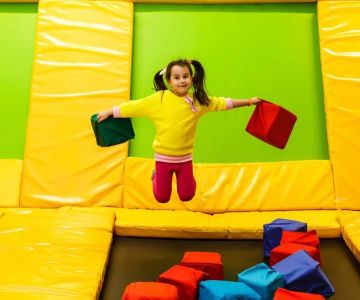
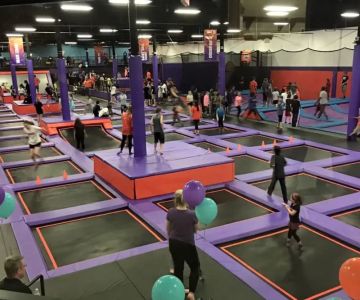
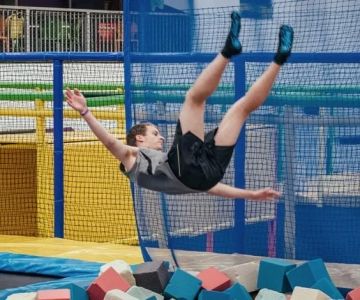
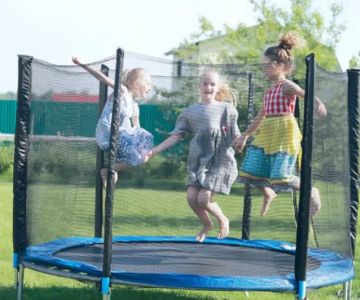
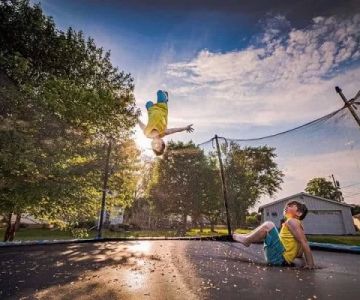
 Zap Zone XL4.0 (2483 reviews)
Zap Zone XL4.0 (2483 reviews) We Rock the Spectrum - Northeast Philly4.0 (190 reviews)
We Rock the Spectrum - Northeast Philly4.0 (190 reviews) Westbank Village Shopping Center4.0 (539 reviews)
Westbank Village Shopping Center4.0 (539 reviews)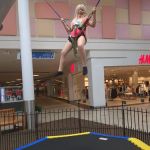 Super Sky High Bungee5.0 (1 reviews)
Super Sky High Bungee5.0 (1 reviews) Boomers Santa Maria4.0 (1904 reviews)
Boomers Santa Maria4.0 (1904 reviews)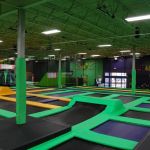 Get Air Pickerington4.0 (651 reviews)
Get Air Pickerington4.0 (651 reviews) Are Trampoline Parks Safe for Kids? Essential Guide for U.S. Parents
Are Trampoline Parks Safe for Kids? Essential Guide for U.S. Parents How Often Should You Replace Trampoline Springs? Tips for Proper Maintenance
How Often Should You Replace Trampoline Springs? Tips for Proper Maintenance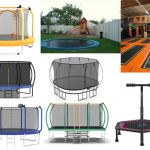 How Much Is a Trampoline? A Detailed Guide to Trampoline Costs and Buying Tips
How Much Is a Trampoline? A Detailed Guide to Trampoline Costs and Buying Tips Bounce Techniques for Stronger Legs: Effective Exercises and Tips
Bounce Techniques for Stronger Legs: Effective Exercises and Tips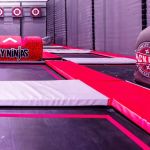 Essential Music Gear for Trampoline Dance: Complete Guide
Essential Music Gear for Trampoline Dance: Complete Guide Fun STEM Experiments Using Trampolines to Spark Curiosity and Learning
Fun STEM Experiments Using Trampolines to Spark Curiosity and Learning